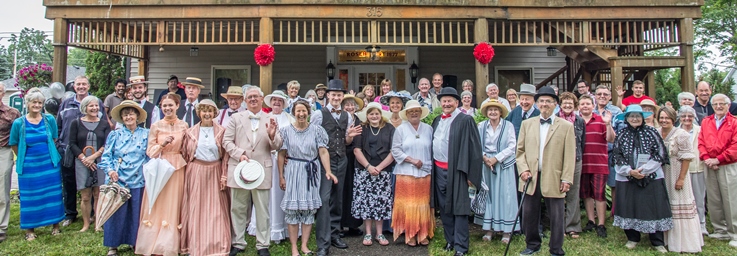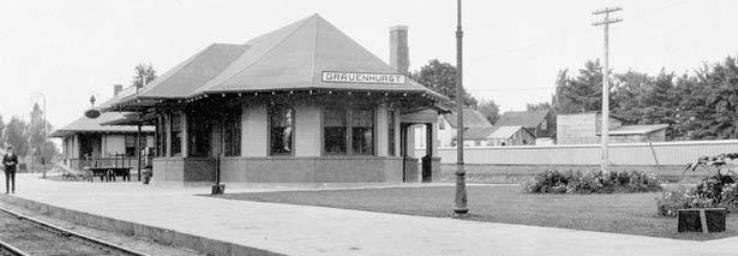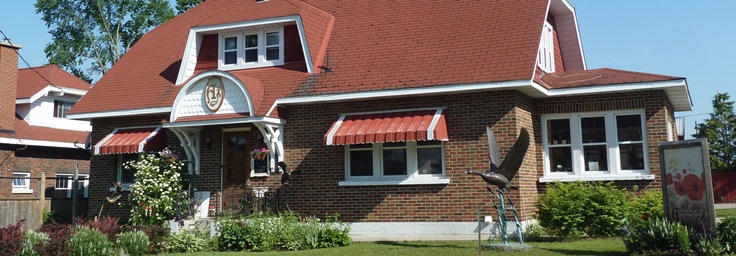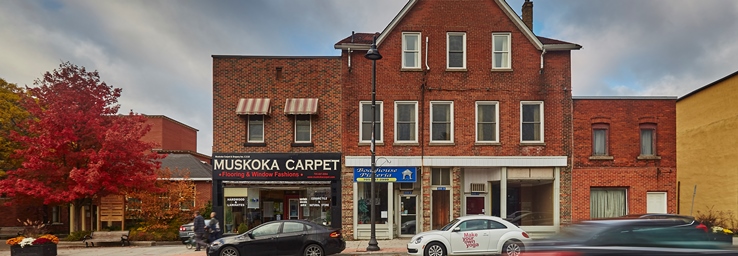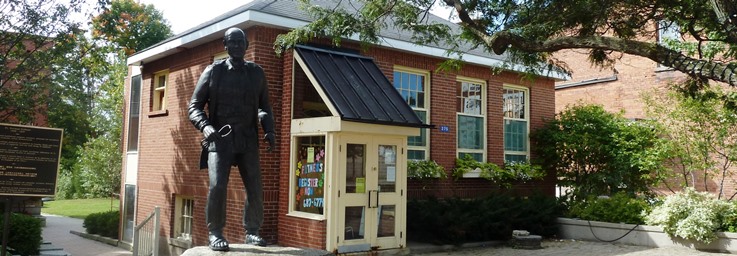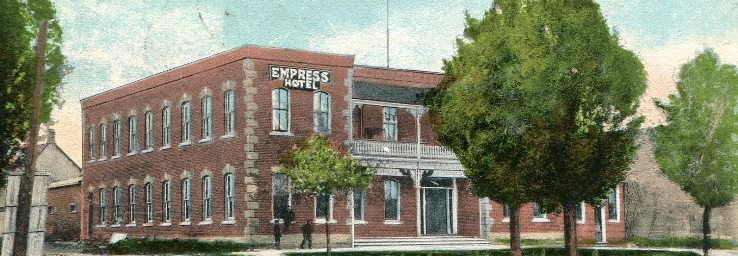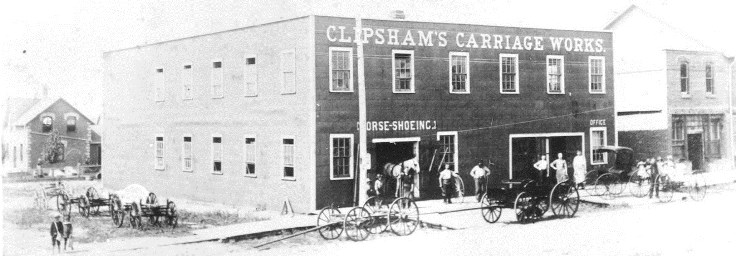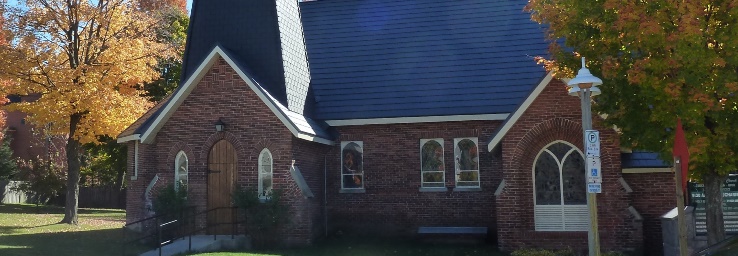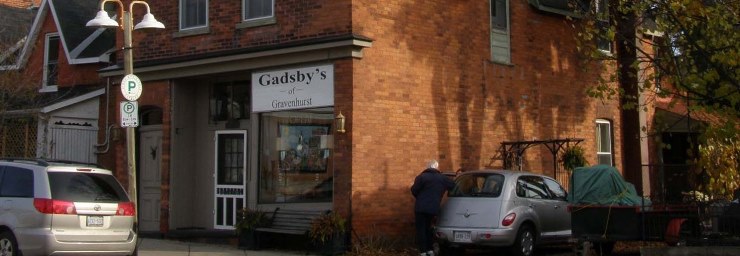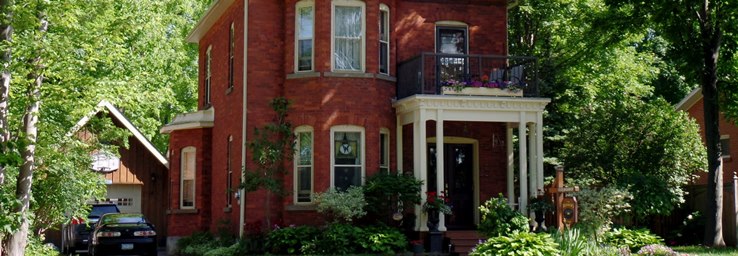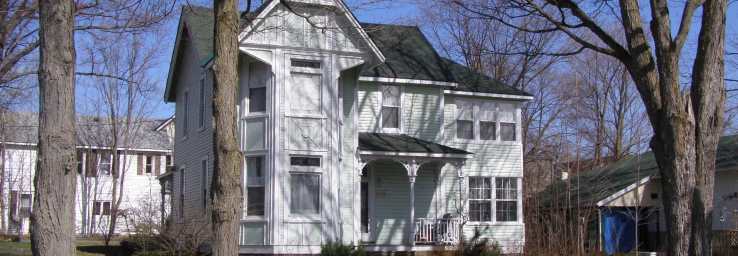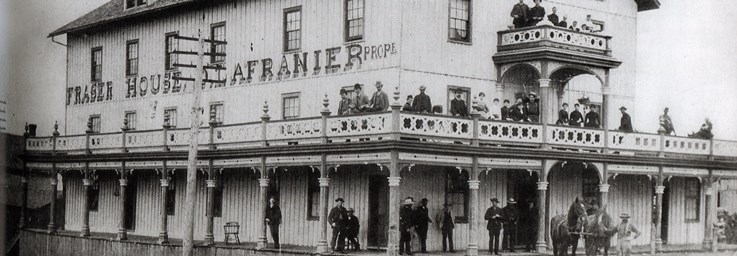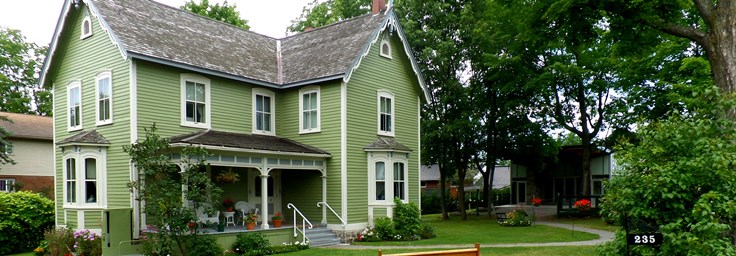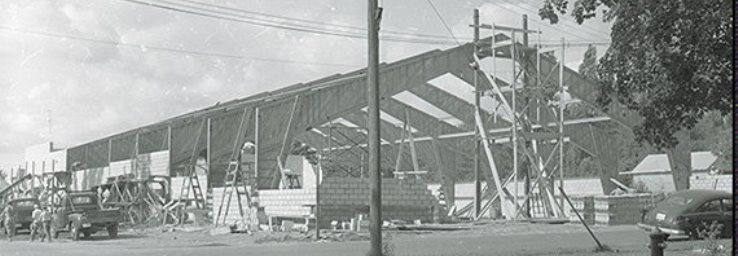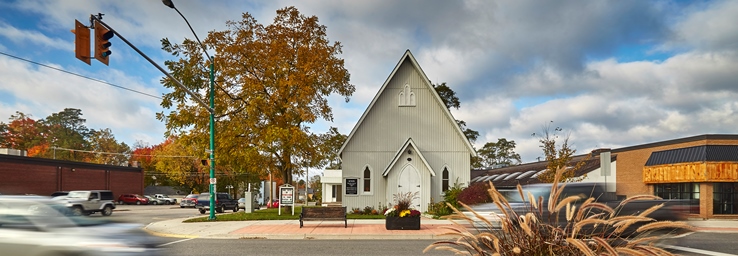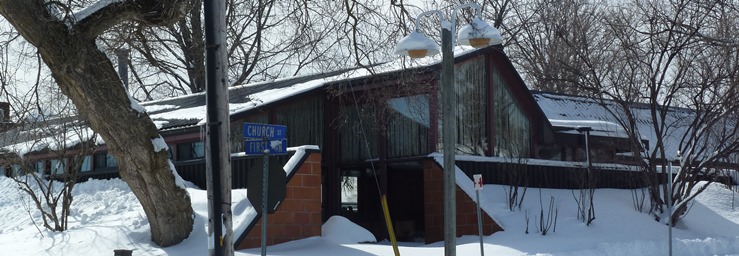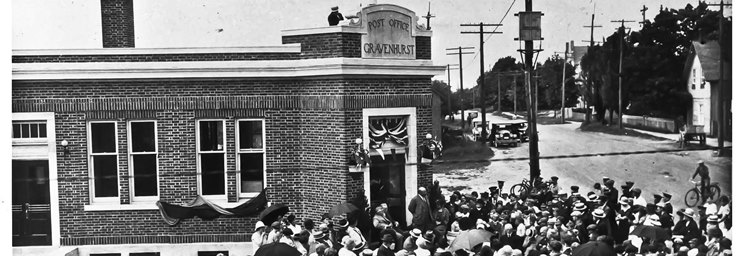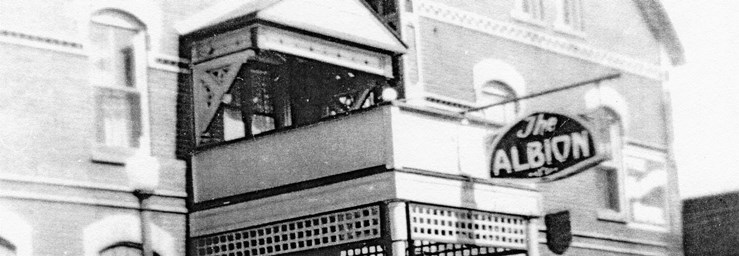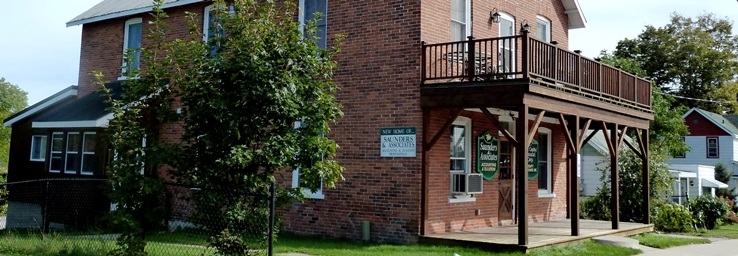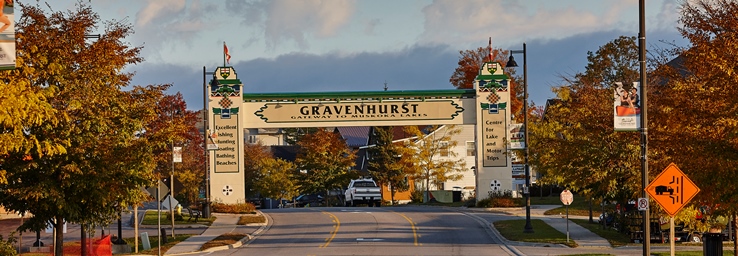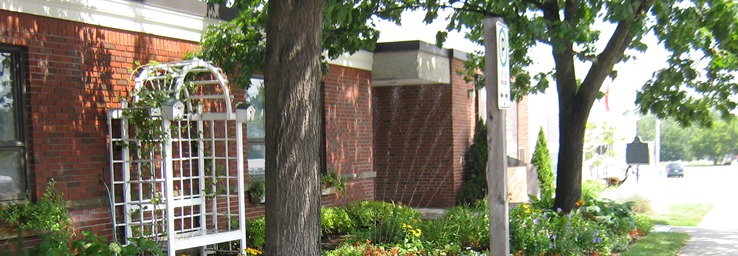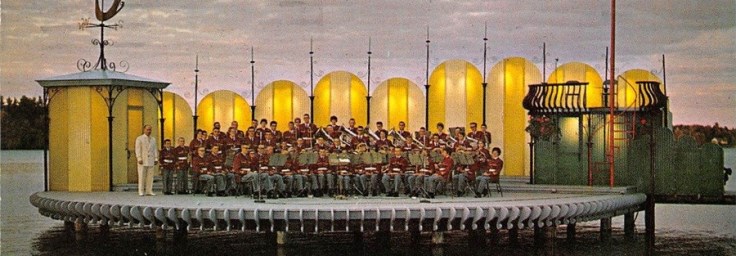
"Barge" concerts are a time honoured tradition dating back to 1959. The roots of this tradition were established at the band shell located at the Gull Lake site. The present, permanent structure was completed just in time for Queen Elizabeth and Prince Phillip to attend its official opening concert on July 4th, 1959. Today, the sounds emerging from "Music on the Barge" range from "big band", Dixieland, jazz, folk, music from the 50's and 60's, as well as today's country.
Between 1940 and 1946 the government operated a prisoner of war camp in Gravenhurst. Known as Camp 20. By the summer of 1940, the camp held 489 prisoners. The prisoners were taken to work on projects around Gravenhurst, notably at Gull Lake Park where a set of stone steps remain of their workmanship. They also built a lighthouse in the park. Today, all that remains of Camp 20 is concrete pillars, a fire hydrant, and the outline of a fence. There is an information kiosk at the end of Lorne Street where visitors can go to get more information on the camp.
Additionally, From 1942 until 1960, Gull Lake was the centre of ice harvesting during the winter months, until the widespread adoption of electric refrigeration replaced its need.
For current information on what is happening with Music on the Barge click here

